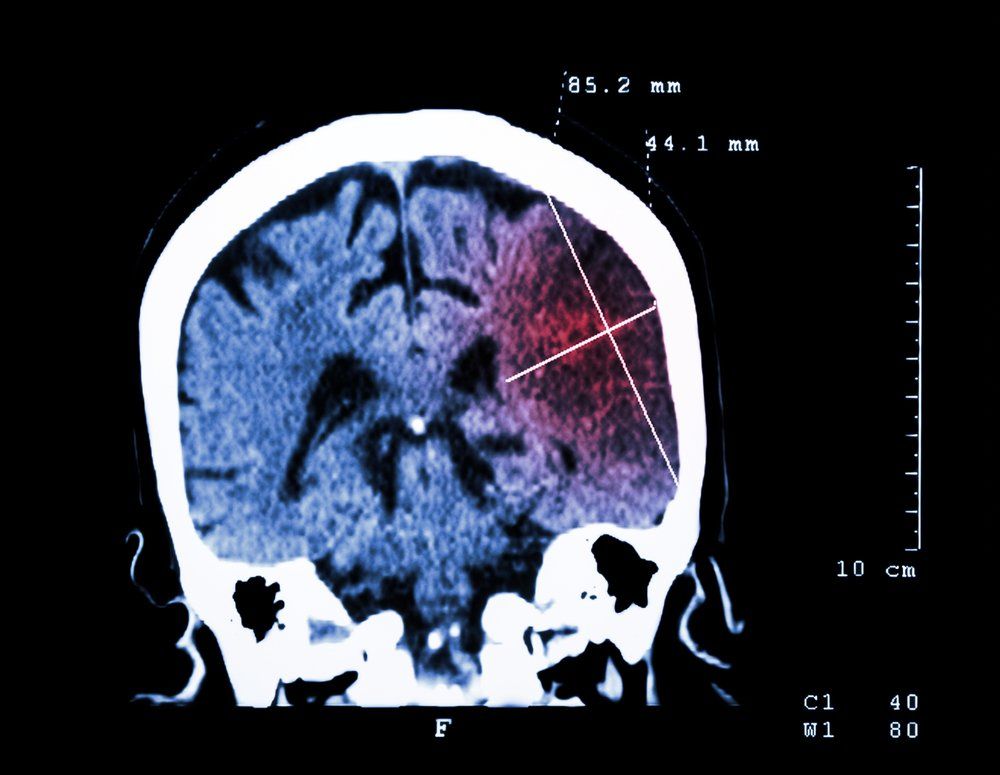TPA: How Fast is Fast?
What is the shortest time within which you have given a patient TPA?
©Puwadol Jaturawutthichai/ Shutterstock.com

How fast is fast when it comes to tissue plasminogen activator (TPA) administration?
TPA, given only to patients who meet certain inclusion criteria, may only be given within a few hours of stroke onset. Based on the timing criteria, TPA is not an option for many patients who either do not recognize that they are having a stroke or who do not seek medical attention within the short time window.
Ultrafast TPA administration
In the meantime, doctors and healthcare systems are researching ways to get TPA to patients faster. The idea of faster stroke evaluation and TPA administration has been part of an effort to streamline the process in emergency and stroke center settings. Some measures used to evaluate efficiency in stroke care and TPA use include door to computed tomography time (DTCT) and door to needle time (DTNT).
A new study evaluated the change in DTNT and DTCT before and after implementation of a stroke protocol. After the protocol was implemented, DTNT of 59 minutes was unchanged, while DTCT decreased from 20.6 to 15.9 minutes.1
Another study, this one in Denmark, reported an impressively low DTNT of 20 minutes when CT was used for first line brain imaging.2 DTNT was longer when brain MRI was used instead of brain CT. It is not clear whether this notably low DTNT could be replicated in other locations.
TPA administration time relative to patient outcome
Studies show that timely administration of TPA is associated with reduced morbidity and mortality. A study in JAMA reported that stroke outcome improved with every 15-minute increment of faster time to TPA treatment.3 The sooner patients received TPA, the lower their rates were of inpatient hospital mortality and intracranial hemorrhage. Patients who received TPA treatment sooner also had an increased achievement of independent ambulation at discharge and an increased rate of discharge home.
So far, there has not been as much study of outcomes of TPA administration within 30 minutes of arrival to the hospital. But the incremental improvements seen with faster treatment times suggests that ultrafast TPA administration may lead to better outcomes too.
Implementing stroke protocols to achieve short DTNT
The emphasis on shorter DTNT may have an impact on more hospitals as this goal becomes more realistic. The distribution of resources necessary to implement efficient stroke protocols cannot always be optimal among all health care centers. This is consistent with the idea that designated stroke centers are preferred destinations for stroke patients.
There are, of course, patients who cannot reach stroke centers within a short period. New approaches to quick assessment and treatment of these individuals include resources such as telemedicine to fill that gap.
Stroke treatment is improving, and current improvements are largely based on timeliness of assessment and treatment. As on-site advancements continue, methods of reaching patients who are not located near the most efficient stroke centers will likely continue as well.
References:
1. Hillen ME, He W, Al-Qudah Z, et al. Long-term impact of implementation of a stroke protocol on door-to-needle time in the administration of intravenous tissue plasminogen activator. J Stroke Cerebrovasc Dis. 201726(7):1569-1572. https://www.ncbi.nlm.nih.gov/pubmed/28411038.
2. Hansen CK, Christensen A, Rodgers H, et al. CT and MRI-based door-needle-times for acute stroke patients: a quasi-randomized clinical trial. Clin Neurol Neurosurg. 2017; 10;159:42-49. https://www.ncbi.nlm.nih.gov/pubmed/28531828.
3. Saver JL Fonarow GC, Smith EE, et al. Time to treatment with intravenous tissue plasminogen activator and outcome from acute ischemic stroke. JAMA. 2013; 309(23):2480-2488. https://www.ncbi.nlm.nih.gov/pubmed/23780461.